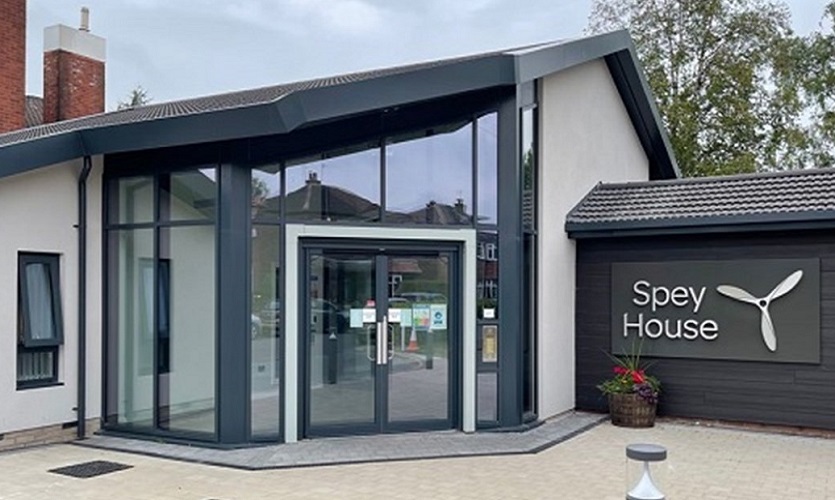New 'eye-tracking' study to prevent accidents at home

If you’ve ever banged your head on an alcove or tripped on the stairs, you’ll welcome a new initiative by scientists to design-out home hazards.
It’s based on neuroscience and aims to reduce accidents in the home by understanding how our brains help us navigate safely from bed to bathroom, upstairs and down.
A team led by Liverpool John Moores University is studying our domestic behaviour in unprecedented detail to create a new type of person-centric architecture.
They will spend 18 months tracking the exact movements, postures and eyelines of people at home and use that data to create 3-D pictures of an optimised living environment. They say the outcomes could have major implications for the prevention of falls and accidents in the home, particularly among the elderly and vulnerable.
Falls in the home are estimated to cost the NHS £435 million in England alone, and research shows the causes often lie in design details, like lighting, colour schemes or lines of sight.
Mark Hollands, professor of movement neuroscience, at LJMU said: “We are hoping our data will feed algorithms which ultimately guide architects and interior designers in making our homes safer.
“We want to know exactly how we navigate around our homes and the details, however small, which lead to trips, falls and accidents.”
"Our work tries to prevent accidents before they happen and help residents to live safely, and for longer, at home," - Joe McLoughlin, MD Astraline
The scientists have teamed up with Johnnie Johnson Housing and Astraline to run the experiments at two sites in Manchester. Volunteer residents in the over-55 flats will wear a series of sensors which will measure their movements in much greater detail than they could explain to the researchers.
Dr Timmion Skervin, a biomechanist at LJMU explained: “Our technology which includes an accelerometer, eye-trackers and wristbands can pick up on things the human eye can’t see.
“Tests in our biomechanics laboratory have shown that people don’t always move their eyes in an optimal way, particularly older people. They can be confused by depth of field, colours, patterns or simply lighting which is too dim.
“As people age, aspects of our surroundings can become increasingly challenging and these can be minor things that can be modified if we can see where the problem lies.
“It could be as simple as changing the colour of a carpet or avoid using certain light bulbs which take a long time to fully brighten.”
Around 20 housing association residents will initially take part in the study, wearing the accelerometer for up to a week and eye-trackers for a maximum of 90 minutes a go. They will also be tracked with Apple air tags to ascertain when they are not at home.
The three-year study will compare residents in an older block ready for renovation and a very modern one, recently refurbished.
Joe McLoughlin, managing director of Astraline, said: “We are excited to see what a difference this could make in real terms for JJH residents and beyond. Some of the key aspects of our work are to try to prevent accidents before they happen and help residents to live safely, and for longer, at home.
“This research could pave the way to a rethink in how housing associations and developers design homes. Creating safer homes for residents and reducing avoidable injuries.”
IMAGE: Spey House, Manchester. One of the residences to be used in the study. (Astraline)


